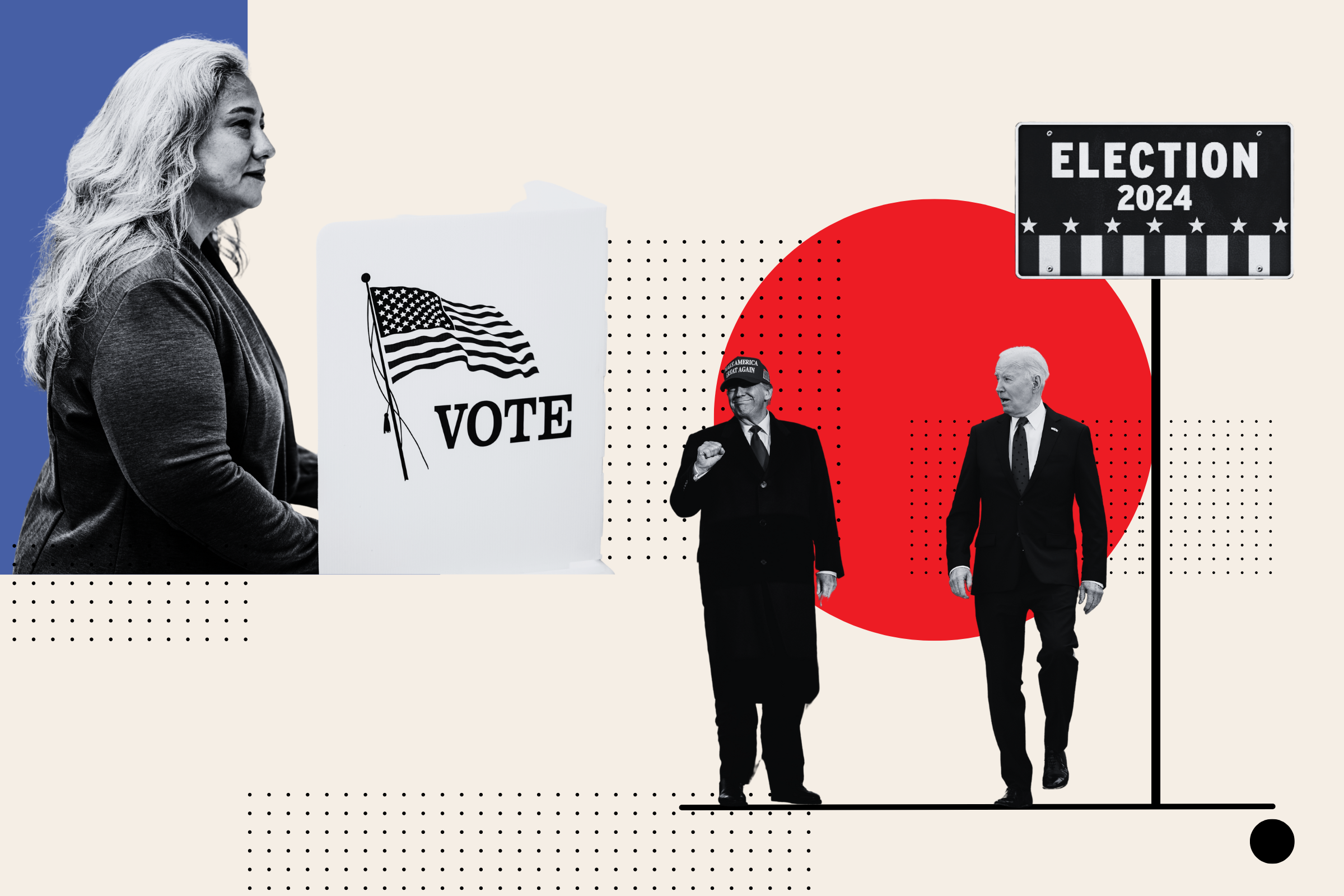Bill Biggart walked two miles from his apartment near Union Square to reach Ground Zero on the morning of the attack, taking pictures along the way, and he went about 100 feet too far. Other photographers were almost as close to the Twin Towers that morning, but Biggart--who disdained the telephoto lens as a device best suited to taking pictures of Jennifer Lopez sunbathing--felt the need to get closer than any of them. As a photojournalist Biggart was drawn to conflict, but the best pictures he brought back were of faces--grinning Israeli soldiers and exuberant Palestinian youths, shot from so close that his wife, Wendy Doremus, didn't dare ask for details of his trips until he was safely back in New York. And from the site of the most recent horror, which struck almost with-in sight of his windows, he would have brought back faces, too, if he had returned himself. Instead, the 300-odd photographs he took that morning with his three cameras--two film, one digital--were buried along with him in the rubble of the second tower's collapse, and dug out four days later, along with his body. He was the only professional photographer who died covering the disaster.
This time, Doremus knew where he was, because he'd said goodbye and headed out the door soon after the first plane hit. Judging from what he shot along the way, he must have walked down Fifth Avenue, through Greenwich Village and then to West Street, along the river, where the fire trucks were. Most of the other photographers appear to have come down Broadway and approached the Twin Towers from the east. A few minutes after he left, Doremus, with a mixture of curiosity and anxiety, grabbed her Instamatic and headed downtown herself through a sea of pedestrians streaming in the other direction. She was within a few blocks of Ground Zero when the first tower collapsed. She called him on his cell phone.
"Bill," she said, "this is an attack. One of the towers collapsed and the Pentagon's been hit." He told her he would meet her in 20 minutes at his studio, a safe distance away. "I'm OK," he reassured her. "I'm with the firemen."
Of course, everyone knows what happened to the firemen. Doremus was heading back uptown toward the studio when she heard a boom; she turned around just in time to make a snapshot of the second tower as its million tons of concrete and steel collapsed above her husband's head. No one who knew Biggart was surprised that he stayed to make a few more shots. "My dad was always saying he'd be home in 20 minutes," says his oldest child, Bill Jr., 31. Still, in the weeks since, the family couldn't help thinking about how things would have been different if Biggart had kept his word and left when he'd promised to. It's an easy question, says Bill Jr. "For the rest of his life, he would have been bitching about how we made him miss the photo of the second tower falling."
Biggart had attitude, but it served him well enough in life. "We got all these cards," says Bill Jr.'s wife, Veronica, "and the ones that talked about what a sweet, lovable guy he was were all from people who didn't know him very well." He was a cocksure, streetwise Irish-Catholic kid in a family of 12 kids, at ease among cops and firemen and soldiers and the boyos of the Belfast slums. His strength was in loyalty to his family and his convictions. He'd raised Billy himself from infancy after his first wife, a model, went out for a pack of cigarettes and forgot to come home--even though for years, until he met Doremus, it locked him into the predictable routine of commercial studio work, taking pictures of pouting women in fur coats while, in the world outside, men heroically fought and died. It would be 1985 before he earned a working-press card, allowing him to follow in the footsteps of his hero, Mathew Brady, whose press card was signed by Abraham Lincoln. War held for him the allure of the horrible; Biggart was the despair of his father, a conservative Army officer and businessman who had come to the agonizing conclusion that his peace-loving son was a commie. His passion was for gardening; he planted trees on the grubby street outside his studio for the edification of the transvestite hookers who inhabited this gentrification-proof neighborhood.
For almost his whole life, Biggart had been afraid of fire, ever since his house burned down when he was 3, killing a younger brother and sister. But he was drawn to fires, too, to burning tanks in the Middle East, bonfires in Northern Ireland, kitchen fires in the tenements of New York City. For more than a decade he was a mainstay of Impact Visuals, an independent agency that (until it folded earlier this year) provided photos to New York's alternative weekly papers. Many people died painfully in the flames of the burning towers that morning, but on the street, where Biggart was, death came with a swift and mercifully obliterating blow to the head. After waiting for him a few hours at the studio, unable to raise him on his cell phone, Doremus had returned home to be with their 16-year-old daughter, Kate, who was preparing to leave for a year-abroad program in Spain. Their son, Peter, 14, was in his first day of eighth grade and returned later that day. The next morning, Bill's friend Chip East arose early and went down to the west bank of the Hudson River to take a picture of the sun rising over the new skyline of lower Manhattan. Then he headed for a trauma center where the families of the missing were gathering, and he heard someone call his name. It was Doremus.
"Have you heard from Bill?" she asked breathlessly. Like every photojournalist, East has been to disasters of every kind and scale, from motorcycle accidents to plane crashes, but he had never been touched by one directly before.
"My God," he thought, "how will I take a picture now?" Then a woman saw his camera and came toward him, holding a photograph of her missing son. She was crying. Reflexively, he brought his camera up and began snapping pictures through his own tears.
Like thousands of others, Doremus made the grim rounds of trauma centers and hospitals for the next four days, until with mingled dread and relief she got the call on Saturday to come to the medical examiner's office. Biggart's death, she thinks, has been hardest on Peter, who shared with his father a passion for the Yankees. The team is in the playoffs again this year, and for the first time Bill won't be there to listen to the games with his son. Kate and Doremus have made a small game out of imagining where Bill really has been the last three weeks. On an aircraft carrier. No, in Pakistan. Maybe Afghanistan, even--the only American photographer to get a picture of Osama bin Laden. No wonder he hasn't called.
After four days, Biggart's body was pulled from the rubble, and identified by his fingerprints. The medical examiner told Doremus it was not suitable for viewing. But his clothes were all recovered, and all his belongings, down to the $26 in his wallet; the only sign that he'd been at the scene of one of the world's great conflagrations was a burned edge on his press card. As for his equipment, the three camera bodies were mostly intact, although the lenses had been smashed or sheared off, and the backs had blown off the two film cameras, destroying whatever images might have been in them at the end. But seven rolls of exposed film had been recovered, and the microdisk was still in the back of his digital camera.
Doremus left it all untouched until East returned from his own postdisaster assignment, shooting American soldiers preparing for battle at Fort Bragg. Not knowing what to expect, East popped the disk from Biggart's camera into his computer and on the second try got an image, then more--154 in all, perfectly preserved, in sequence from the moment he glimpsed the towers in the distance until... well, the last of them was time-stamped 9:28 a.m., but Biggart had evidently neglected to correct the camera's clock for daylight saving time, so it was actually an hour later, more or less the precise time of the second collapse. Looking at the hellish landscape, the stump of the South Tower barely emerging from its shroud of smoke and dust, East realized he was seeing what his friend had seen in his last moments on earth.
As always, Biggart had concentrated on faces; his gift was for street portraiture, even at disasters. In the tens of thousands of photographs he left behind in his studio there are no moody landscapes, cute babies or scowling celebrities pretending to hate having their picture taken. (Almost none: he once came upon New York's accidental vigilante Bernhard Goetz reading a newspaper in the subway and started clicking away; when a bystander urged him to leave he growled back, "When you shoot four kids on the subway you give up your right to privacy.") Biggart would go into battle with a 35mm lens, ideal for close-ups, while everyone around him was shooting with telephotos. "One thing he always taught me," says Tom McKitterick, a colleague from Impact Visuals, "was that sometimes the picture is behind you, in the faces of the people watching." As disaster unfolded all around him, Biggart pointed his camera at a lone fireman, his yellow stripes bright against a background of opaque ash, kicking up dust as he trudged closer; he saw a man in what was left of a business suit, holding his necktie in one hand, his shirt unaccountably unbuttoned, filthy on one side but clean where it had lain against his skin; another man covered in gray soot except for two circles around his eyes--he looks down at the ground as if searching for his vanished eyeglasses.
And what can you learn from these pictures? About Biggart, that up until the end he was doing his job: "He was on his game, he was following the picture, he was framing his shots," says East. About the unfolding catastrophe itself, that in the last minutes there was no panic, no chaos, no fear of imminent death. "The faces of the firemen were serene--exhausted, but serene and focused," says McKitterick. A great deal of honor has been heaped, deservedly, on the heroes who rushed to the World Trade Center that morning to rescue lives. In his own way--a way any journalist can understand--Biggart was a hero as well. He rescued faces.
Closer, Closer and Closer: Bill Biggart's Last Shots
Uncommon Knowledge
Newsweek is committed to challenging conventional wisdom and finding connections in the search for common ground.
Newsweek is committed to challenging conventional wisdom and finding connections in the search for common ground.
About the writer
To read how Newsweek uses AI as a newsroom tool, Click here.








